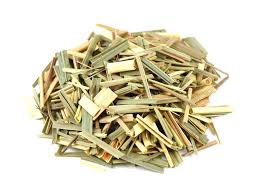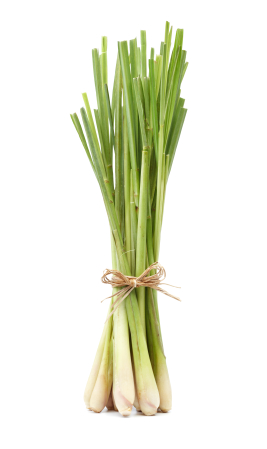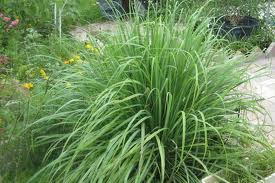Lemongrass
Lemongrass is a potent lemon-citrus herb. Common as a seasoning in Asian cuisine, it also works great as a tea. Lemongrass tea is thought to be a home remedy for certain conditions and lemongrass essential oil has many homeopathic benefits as well. Here’s how to grow lemongrass.
VARIETIES
Lemongrass comes in two main varieties: East Indian and West Indian.
They have subtle differences but are grown under the same conditions.
WHEN TO GROW
Lemongrass is a perennial in growing zones 10 and warmer but can be
grown as an annual in cooler climates, though it may be difficult to
grow outside in zones 8 and colder. In general, you’ll plant lemongrass
after the danger of frost has passed, in late spring for a late summer
harvest. Lemongrass takes at least 100 days and sometimes up to 4-8
months to be ready for harvest.
WHERE
TO GROW
Lemongrass prefers warm, moist and humid conditions. Grow lemongrass
outdoors only in hardiness zones 9 and warmer. Grow lemongrass indoors
year round in a very sunny window. If growing in containers, you’ll
likely want at least 5 gallons of space to have a worthwhile lemongrass
plant.
Lemongrass should be grown in full sun and should receive a minimum of 6 hours of direct sunlight per day.
SOIL
Lemongrass should be planted in loamy, fertile soil. Avoid heavy clay
soils. Fast drainage is key. Add lots of mature compost before
planting. It will tolerate a wide range of soil pH, 5.0-8.0.
PLANTING
Lemongrass is best started from root cuttings from established stalks.
The stalks should be firm and green. Put the bottom inch in a glass of
water and set them in a sunny window. Roots should begin to sprout
within two weeks. Plant in soil once the roots are 1 – 2 inches long,
usually after about 4 weeks.
Set out transplants 3 feet apart and keep in mind they can grow 6 feet tall, though you can always trim them shorter if need. Plant into compost enriched soil. Wait until after the last frost before transplanting.
You can also purchase nursery starts from a reputable source and transplant into your garden or growing pots.
WATERING
Water frequently. It’s very difficult to overwater a lemongrass plant
(it is accustomed to constant moisture) but it will not tolerate dried
out roots. No need to keep the soil muddy, but definitely keep it
moist. In dry areas, mist constantly with a spray bottle.
FERTILIZING
Lemongrass needs lots of nitrogen in order to thrive. Use a
nitrogen-rich fertilizer every few weeks but be careful if you are
planting lemongrass amongst other plants, as many do not do well with
too much nitrogen.
HARVESTING
Begin harvesting lemongrass once it has reached at least 1 foot tall.
Harvest entire stalks by slicing them off at soil level, below the
swollen ends. Harvest from the outside of the plant and be sure the
stalks are at least ½ inch thick. Do not break them off by hand. You
may need to peel the outer layer of the stalks before use if they are
too firm.
TIPS
& ADVICE
Try planting lemongrass along walkways. The pleasing aroma of
lemongrass will add a nice touch to your backyard.
The moisture and humidity of a bathroom can work great for indoor lemongrass, provide they will receive enough light.



